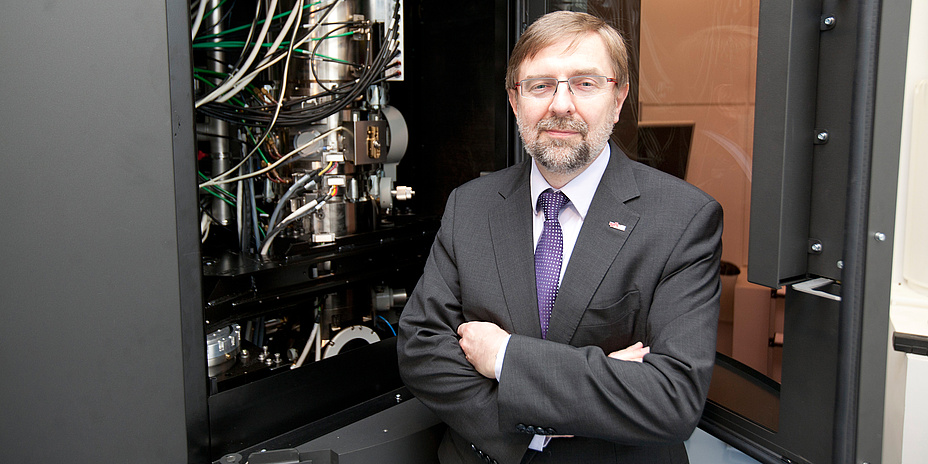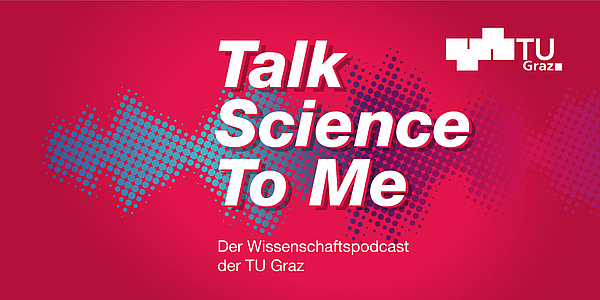In 1951, the first electron microscope – the UEM 100 from Siemens & Halske – was set up in Styria in the then recently established Research Centre for Electron Microscopy at TU Graz. Led by Fritz Grasenick, the research was conceived and developed on the basis of international cooperation. “We’re one of the most traditional institutes in the field,” says Ferdinand Hofer, the current head of the Austrian Centre for Electron Microscopy and Nanoanalysis at TU Graz, with pride.
Super microscope looks at the atomic level
This development was above all supported by close cooperation with the Graz Centre for Electron Microscopy (ZFE), in which the research association FELMI-ZFE (Austrian Research Centre for Electron Microscopy and Nanoanalysis) was jointly established and with which research is conducted. It is also thanks to this research association that the super microscope ASTEM (Austrian Scanning Transmission Electron Microscope) was commissioned in Graz five years ago. At atomic resolution, it is thus possible to look at samples on the atomic scale and to characterise the nanostructures of crystalline materials, such as semiconductors and metals as well as their chemical composition and physical properties. “In this way we’ve been able to develop into a leading institute in central Europe,” says Hofer.
Can it become even more precise? “Yes,” exclaims the scientist. “As a chemist, I’m especially interested in the chemical bonds between the atoms. And that could be the next big step in microscopy. There have already been interesting ideas put forward.”
Research and service facility
On the one hand, FELMI-ZFE conducts intensive basic research into the key areas of electron microscopy at atomic resolution, development of functional nanomaterials and in-situ electron microscopy. On the other hand, it also makes available ten electron microscopes and services of the research and service facility to cooperation partners both within and outside the University and their research groups. After all, the availability of the instruments alone is not at all sufficient to conduct successful research. It is also necessary to have well trained employees or students who can prepare samples, operate the microscopes and finally evaluate the data. “Preparing samples is particularly important, declares Ferdinand Hofer. “You can’t just sit down at an electron microscope and get going. You need to have good specialist training.” The all-round research team at FELMI-ZFE consists of about 48 employees.
They want to further develop scientifically and in terms of instruments and to position themselves more strongly internationally. The goal is to continue to count among the leading European research institutes.
The anniversary was properly celebrated with a birthday cake - how it looks like through a microscope<link http: www.tugraz.at fileadmin user_upload tugrazinternal news_stories videos felmi_tugraznews_2016_11_webvideo.mp4 int-link-external> can be found in this video.
Institute of Electron Microscopy and Nanoanalysis
Steyrergasse 17/III
8010 Graz
Phone: +43 316 873 8320
E-Mail: <link int-link-mail window for sending>office@felmi-zfe.at
<link http: www.felmi-zfe.at _blank int-link-external external link in new>www.felmi-zfe.at


![[Translate to Englisch:]](https://www.tugraz.at/fileadmin/_processed_/9/8/csm_banner-thek-by-privat_a42f57f7b3.jpg)


